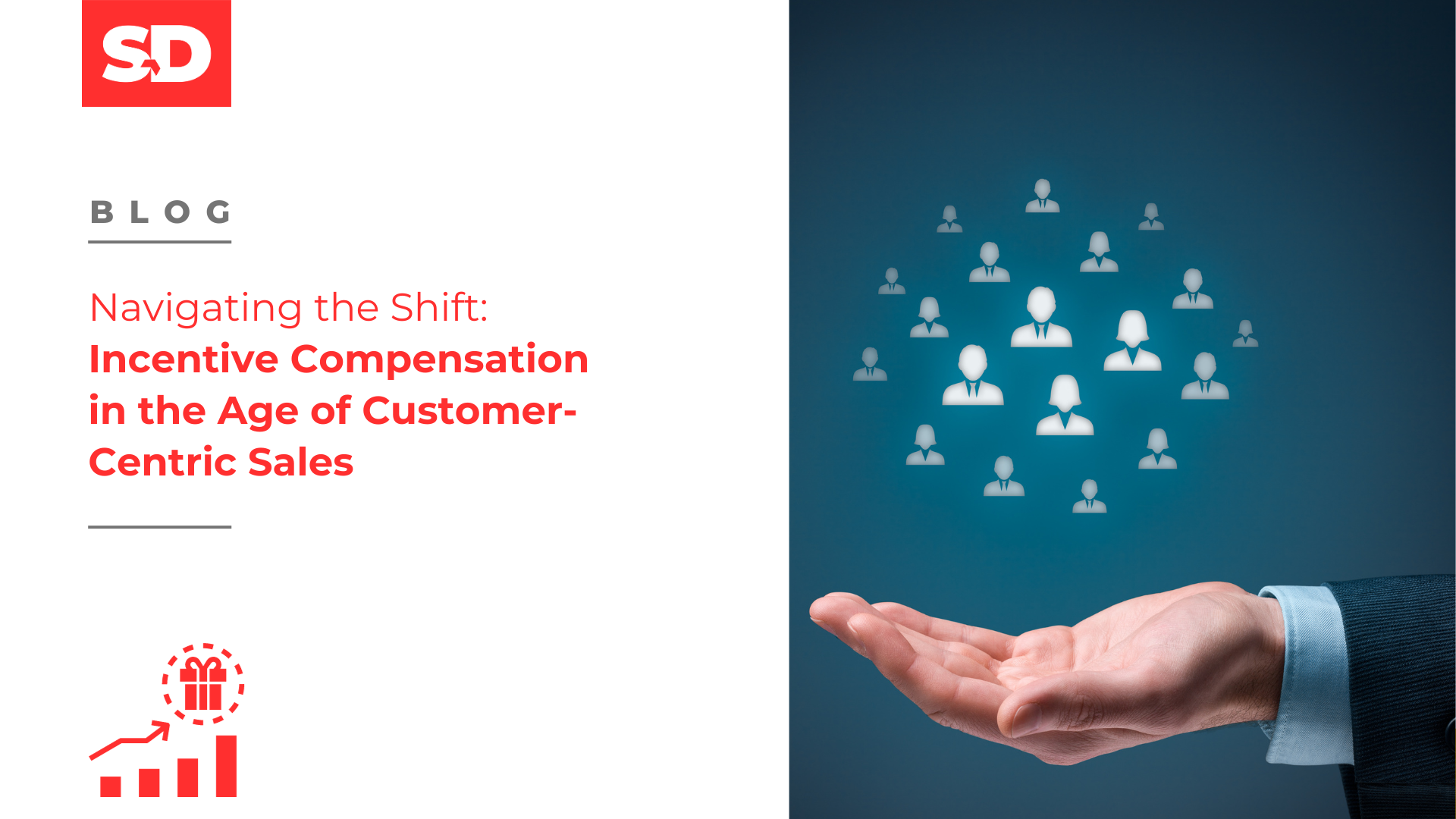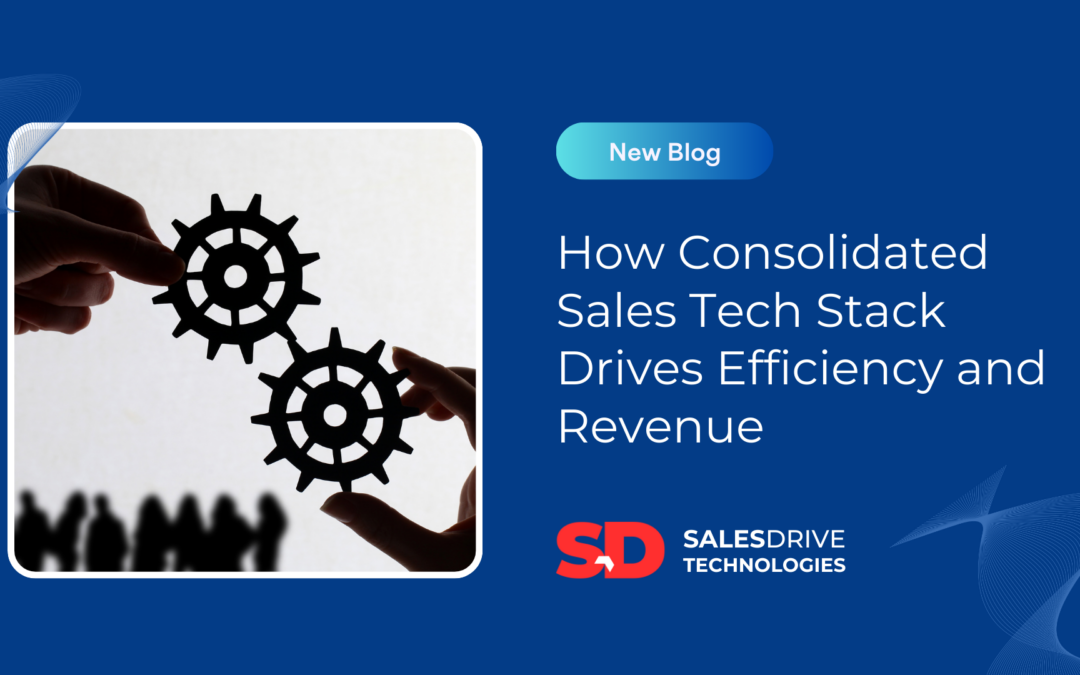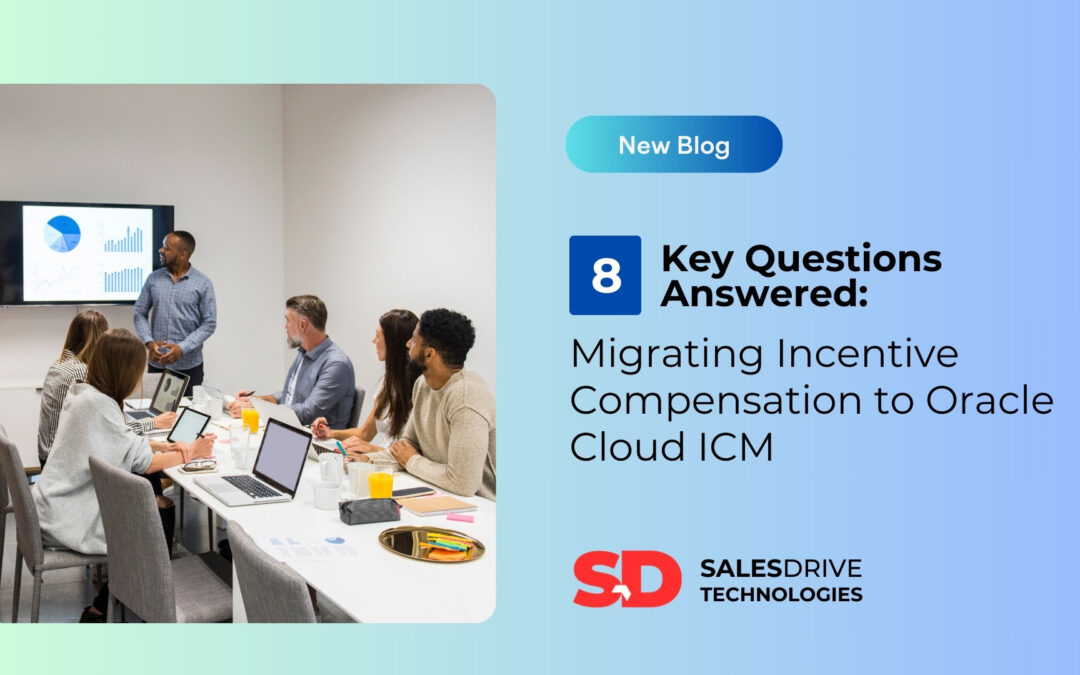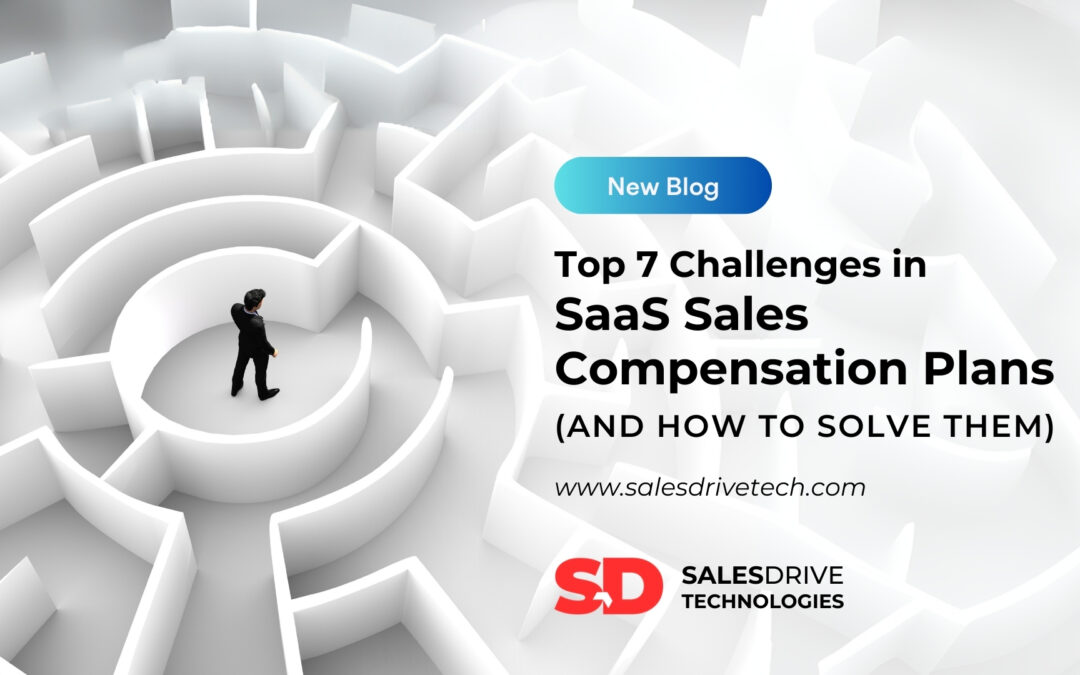Harnessing the Power of Customer-Centric Sales Models in the Digital Age
The way businesses interact with their customers is undergoing a significant transformation. Traditional sales models, which were predominantly product-centric, are being replaced by more dynamic and customer-centric approaches. This shift is not merely a change in perspective; it’s a fundamental alteration in the way businesses operate, sell, and engage with their customers.
Here are five reasons why this change is happening:
-
- Customer Expectations: Today’s customers expect personalized experiences. They want businesses to understand their needs and provide tailored solutions. This shift in customer expectations is driving businesses to adopt customer-centric sales models.
- Technological Advancements: The rise of digital technologies has made it easier for businesses to collect and analyze customer data. This data can be used to gain insights into customer behavior and preferences, enabling businesses to offer more personalized and effective sales strategies.
- Competitive Advantage: A customer-centric approach can help businesses differentiate themselves from their competitors. By focusing on customer needs and satisfaction, businesses can build stronger relationships with their customers, leading to increased loyalty and retention.
- Increased Revenue: Research shows that businesses that adopt a customer-centric approach tend to generate higher revenues. This is because satisfied customers are more likely to make repeat purchases and recommend the business to others.
- Shift in Power Dynamics: The digital age has shifted the power dynamics in favor of customers. With easy access to information and alternatives, customers are now in the driver’s seat. Businesses that fail to adapt to this new reality risk losing their customers to competitors.
For instance, consider the example of Adobe Systems. The company transitioned from selling packaged software to offering cloud-based subscriptions. This shift to a more customer-centric model allowed Adobe to provide more value to its customers through regular updates and new features. It also enabled Adobe to gain better insights into how customers use its products, allowing the company to continuously improve its offerings based on customer feedback and usage data.
Navigating Multi-Channel Sales Strategies in Incentive Compensation
Multi-channel sales strategies, involving interactions across various platforms like in-person meetings, phone calls, and digital platforms, add complexity to incentive compensation management.
Consider these scenarios:
Example 1: Retail Industry A customer browses products online, visits a physical store to view items, and finally purchases through a mobile app. Multiple channels contribute to the final sale, requiring a nuanced approach to incentive compensation.
Example 2: B2B Sales A sales rep connects with a potential client at a networking event, follows up with an email, and closes the deal in a face-to-face meeting. Each channel plays a role in the final sale, necessitating a comprehensive incentive compensation structure.
These examples underscore the need for businesses to adapt their incentive compensation structures to the realities of multi-channel sales strategies.
Case Study – Navigating the SaaS Shift with ‘TechSoft Corp’
Let’s consider ‘TechSoft Corp’, a software company that transitioned from selling one-time software licenses to a Software-as-a-Service (SaaS) model. This shift brought about significant changes in their sales strategy and consequently, their incentive compensation management.
Challenges Faced by TechSoft Corp
In the SaaS model, customer retention and subscription renewals become critical. Therefore, TechSoft Corp wanted to incentivize sales reps not just for acquiring new customers, but also for maintaining existing relationships and ensuring customers renew their subscriptions. This shift posed two key challenges:
1. Redefining Performance Metrics: Traditional performance metrics like the number of products sold were no longer adequate. TechSoft Corp needed to introduce new metrics like customer satisfaction and retention rates into their compensation plan.
2. Adjusting Compensation Structures: The compensation structures needed to be adjusted to reflect the recurring revenue model of SaaS. Sales reps needed to be incentivized for long-term customer relationships, not just one-time sales.
Opportunities for Change
This shift also presented TechSoft Corp with opportunities to improve their incentive compensation management:
1. Aligning Sales and Customer Success: By incentivizing customer retention and satisfaction, TechSoft Corp could better align their sales and customer success teams. This alignment could lead to improved customer experiences and higher customer lifetime value.
2. Driving Recurring Revenue: By incentivizing subscription renewals, TechSoft Corp could drive recurring revenue, which is more predictable and stable than one-time sales.
This case study illustrates how a shift in business model can pose new challenges and opportunities for incentive compensation management. Businesses like TechSoft Corp need to adapt their strategies and systems to align with these changes.
Oracle’s SPM and ICM Modules
Oracle’s Sales Performance Management (SPM) and Incentive Compensation (IC) modules are designed to help businesses like TechSoft Corp navigate the challenges posed by the shift to a SaaS model.
Sales Performance Management (SPM) The SPM module provides robust features that can help TechSoft Corp address these challenges:
-
- Quota and Territory Management: The SPM module provides features for quota and territory management1. This ensures that sales efforts are directed towards long-term customer satisfaction and retention. For example, by setting quotas that reflect the importance of customer retention, TechSoft Corp can incentivize sales reps to focus on maintaining existing customer relationships.
- Sales Strategy Alignment: The SPM module helps align sales strategies with new business goals1. This is particularly important in a SaaS model, where the focus shifts from one-time sales to recurring revenue. For instance, the SPM module can help TechSoft Corp design sales strategies that prioritize subscription renewals and customer satisfaction.
Incentive Compensation Management (ICM) The ICM module offers flexible compensation plan design capabilities:
-
- Flexible Compensation Plan Design: The IC module allows TechSoft Corp to introduce new performance metrics into their compensation plans2. This could include metrics like customer satisfaction and retention rates, which are critical in a SaaS model. For example, TechSoft Corp could design a compensation plan that rewards sales reps for high customer satisfaction scores or high subscription renewal rates.
- Support for Recurring Revenue Models: This module supports recurring revenue models2, enabling TechSoft Corp to incentivize subscription renewals. This is crucial in a SaaS model, where recurring revenue is often more important than one-time sales. For instance, TechSoft Corp could design a compensation plan that provides bonuses for sales reps who achieve high subscription renewal rates.
By leveraging these modules, TechSoft Corp can effectively manage their incentive compensation in the face of evolving commercial and customer engagement models.
SalesDriveTech.com – Your Partner for Oracle SPM and IC Implementation
SalesDriveTech.com, a leading implementor of Oracle’s SPM and IC solutions, can help businesses navigate this shift. With their expertise in implementing these solutions, businesses can effectively manage their incentive compensation in the face of evolving commercial and customer engagement models.
SalesDriveTech.com follows a five-stage service methodology to ensure a smooth and effective implementation:
- Sales Performance Analysis
-
- Understand your current sales performance process and associated systems.
- Identify gaps and inefficiencies in your sales performance process.
- Develop a plan to optimize your sales performance process and systems.
-
- Solution Implementation
-
- Align their team of consultants to your specific project requirements.
- Implement the future-state solution in a timely and efficient manner.
- Ensure alignment between optimized sales performance processes and systems with business objectives.
-
- Change Management
-
- Detailed project planning and execution.
- Risk management and mitigation strategies.
- Change management support to ensure a smooth transition for your team.
-
- Managed Services
-
- Expert assistance to help you achieve your sales goals.
- Regular monitoring and maintenance of your solution.
- Seamless integration of any necessary updates or upgrades.
-
- Advisory Service
-
- In-depth analysis of your current sales process and systems.
- Identification of areas for improvement and opportunities for growth.
- Recommendations for implementing best practices and optimizing your sales process and systems.
-
By leveraging SalesDriveTech.com’s services, businesses can ensure a successful implementation of Oracle’s SPM and IC solutions, leading to improved sales performance and incentive compensation management.
Conclusion: Embracing the Future of Incentive Compensation Management
The shift to customer-centric sales models and the rise of multi-channel strategies have significantly transformed the landscape of Incentive Compensation Management. Businesses are now required to rethink their traditional incentive structures and introduce new performance metrics that align with these changes.
Oracle’s Sales Performance Management (SPM) and Incentive Compensation (IC) modules provide robust and flexible solutions to navigate these challenges. They offer features that align with the needs of modern sales models and multi-channel strategies, making them an excellent choice for businesses undergoing this shift.
Implementing these solutions, however, requires expertise and a deep understanding of both the business’s unique needs and the capabilities of the Oracle modules. This is where SalesDriveTech.com comes in. With their five-stage service methodology, they ensure a smooth and effective implementation of Oracle’s SPM and IC solutions.
In conclusion, the future of Incentive Compensation Management lies in embracing these changes and leveraging the right tools and expertise. Oracle’s SPM and IC modules, implemented by SalesDriveTech.com, provide businesses with a robust solution to navigate this shift and emerge successful in the age of customer-centric sales.




